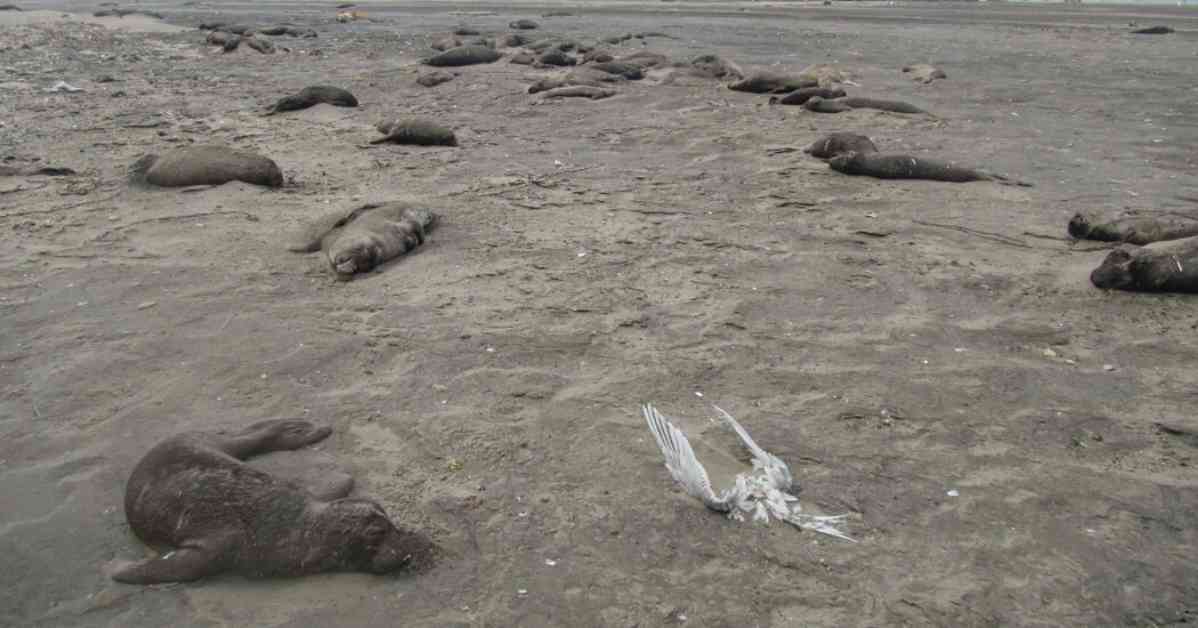Elephant seals in South America faced a tragic fate as a result of the bird flu virus acquiring mutations that enabled it to spread among mammals. A recent study has shed light on this concerning development, providing the first genetic and epidemiological evidence of such transmission. This discovery serves as a stark warning, suggesting that the H5N1 virus could potentially evolve to trigger widespread infections in various mammalian species, including humans.
The bird flu virus, known as H5N1, has been implicated in an ongoing outbreak affecting dairy cows in the United States. Since March, cases have been reported in cows across 11 states, with traces even found in wastewater in several other states. While there is a possibility of cow-to-cow transmission, authorities believe that contaminated milk is the primary mode of spread. Infected cows exhibit high levels of the virus in their milk, often leading to changes in its color and consistency. In some cases, cows have been culled due to persistent issues with milk production, while others have succumbed to secondary infections, as reported by Reuters.
Moreover, there are suspicions that H5N1 has circulated among mink on a fur farm in Spain. However, the aforementioned study represents a significant milestone by consolidating various strands of evidence to confirm transmission from one mammal to another. This breakthrough underscores the potential for the virus to adapt and proliferate within new host species, posing a grave threat to public health and animal welfare.
The implications of this research extend beyond the immediate concerns surrounding elephant seals and dairy cows. The ability of the bird flu virus to jump species barriers underscores the importance of robust surveillance and containment measures to prevent future outbreaks. Furthermore, the findings emphasize the interconnected nature of disease transmission within ecosystems, highlighting the need for a One Health approach that considers the health of humans, animals, and the environment as interconnected components of a larger system.
In light of these developments, it is imperative for global health authorities to remain vigilant and proactive in monitoring zoonotic diseases like the bird flu virus. By investing in research, surveillance, and collaborative efforts across sectors, we can better anticipate and mitigate the risks posed by emerging infectious diseases. The lessons learned from the transmission of H5N1 among mammals underscore the critical importance of preparedness and early intervention in safeguarding public health and ecological stability.




